Improving Your CPAP Therapy
Being comfortable with your mask is key for successful CPAP (Continuous Positive Airway Pressure) therapy.
A dry mouth, air leaks and red marks are all uncomfortable side effects that can disrupt your treatment success.

Enhancing CPAP Comfort
There are a few factors to consider when getting used to your treatment which will help you understand which solutions are best for you.
This page will provide you with ways to solve discomfort to ensure you are as comfortable as possible with your CPAP mask.
Choose the best CPAP mask size
When choosing a CPAP mask that’s right for you, the size is the most important factor. The wrong size could lead to discomfort and side effects including aerophagia, red marks, skin irritation and mask leaks.
Many CPAP masks come in different sizes; when ordering one of our masks, you can find your size easily – by scrolling down to the ‘downloads’ tab and printing off the sizing guide – so you get the best fit possible.
All masks manufacturers offer simple to follow mask fitting guidance to help you get comfortable, just like the one below.
Risk-Free Masks
There is the option of choosing a risk-free CPAP mask which we guarantee a comfortable fit. You can try the mask for 28 days and if its not right, you can return your mask for a refund.
CPAP Mask FitPacks
We also offer mask FitPacks; these masks come with multiple cushion sizes, so you won’t need to measure your face. Simply try each cushion size to find the best fit at home.
Mask Fit Insurance
With most of our CPAP masks we offer the option of adding our unique Mask-Fit Insurance. The insurance allows you to try your new mask for 28 days; if you do not find it comfortable, you may return it.
Intus Healthcare Advice
Practice wearing your mask throughout the day to get used to the feel gradually. It can take up to a month to get used to new mask.

How do I prevent red marks from my CPAP mask?
There are various reasons for discomfort and marks to develop from your mask. For example, a silicone allergy or CPAP dermatitis causes red marks, skin irritation and rashes from your mask.
To prevent an allergy from disrupting your therapy, consider an alternative mask made of an entirely different fabric. If you are allergic to silicone you can try a gel mask instead.
There is also a range of accessories designed to enhance your mask comfort and fit. A popular option is to use a CPAP mask liner to provide a protective barrier between the CPAP mask and your skin.
Often red marks can be reduced by loosening the headgear straps, reducing the pressure on the skin. However, another solution must be found if this causes air to leak.
Why is my CPAP mask leaking?
CPAP masks are designed to have small intentional exhaust leaks so that you exhale CO2; this doesn’t affect your therapy compliance.
If your CPAP mask previously sealed well and is now starting to leak, then the cushion may be reaching the end of its life. Through use, the silicone used in most CPAP masks loses strength and becomes sloppier and, therefore, less able to maintain a seal.
Tightening the headgear can offset this to a degree, but eventually, this will not be sufficient. Replacing the cushion should solve that problem, though if the cushion alone is not replaceable, then a new CPAP mask would be required.
If the mask is new and, even after following fitting guides and videos but are still finding the mask leaks, then it may be the wrong size. Leaks into the eyes are particularly suggestive of the CPAP mask is too big, either in height or width. A smaller size may solve the problem.
If the mask initially seals well but gets dislodged by your pillow when you change position, you can consider a CPAP pillow. These feature cut-outs are designed for your CPAP mask to fall into when you sleep on your side, stopping the mask from dislodging.
CPAP accessories that work for you
Wearing a CPAP mask can restrict your freedom of movement and comfort. Adding accessories to enhance your therapy can eliminate claustrophobia and discomfort.
Some accessories to improve comfort:
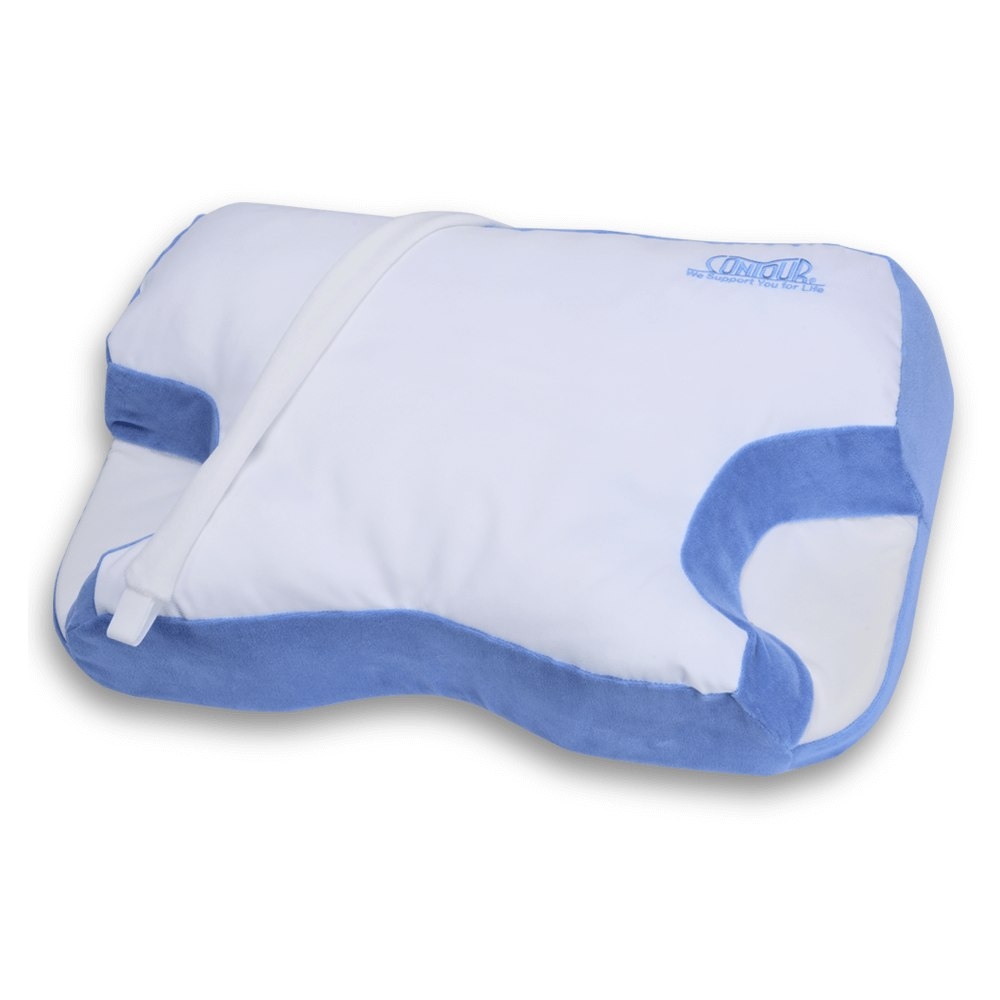
CPAP Pillow
The pillow features cut-outs that your mask falls into when you sleep on your side. This is an excellent solution for those who like to side-sleep and have been unable to do so.
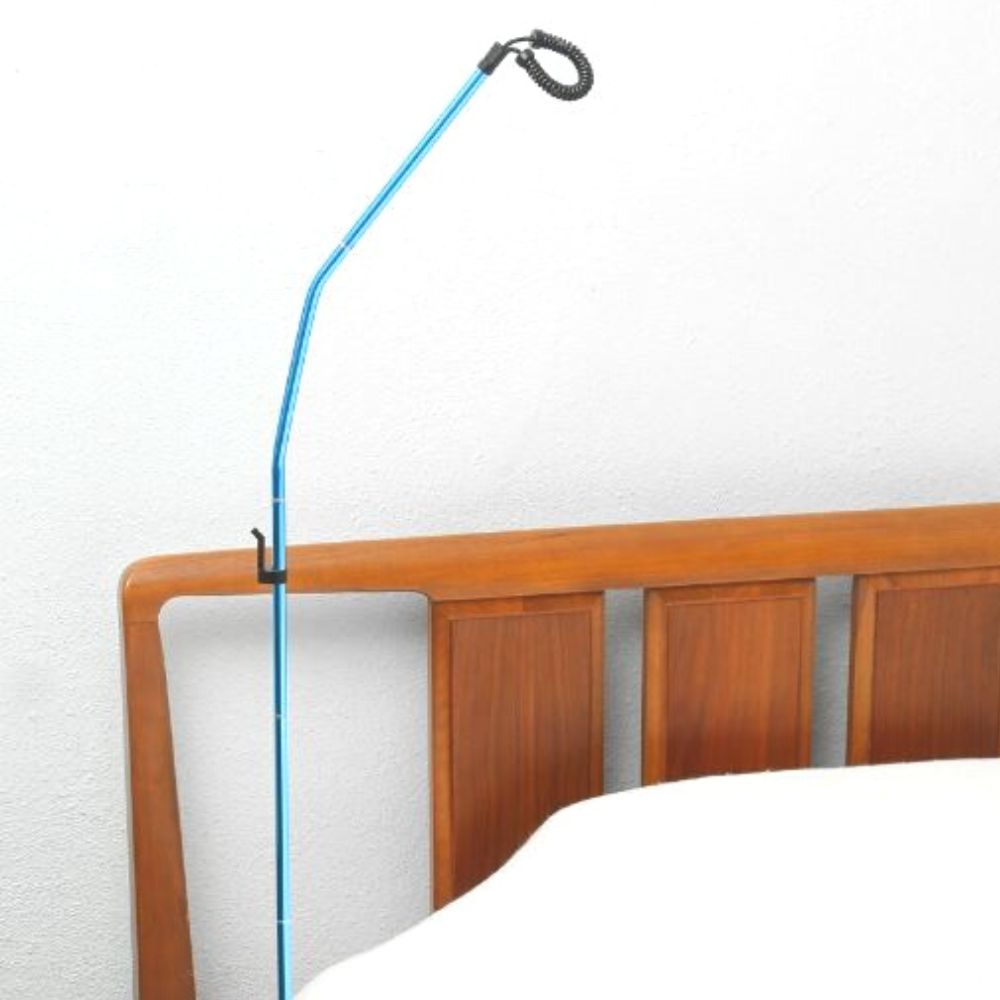
CPAP Hose Lift
A Hose Lift is another helpful tool which elevates the hose above the bed. This allows you to change position without fear of the hose pulling on the mask.
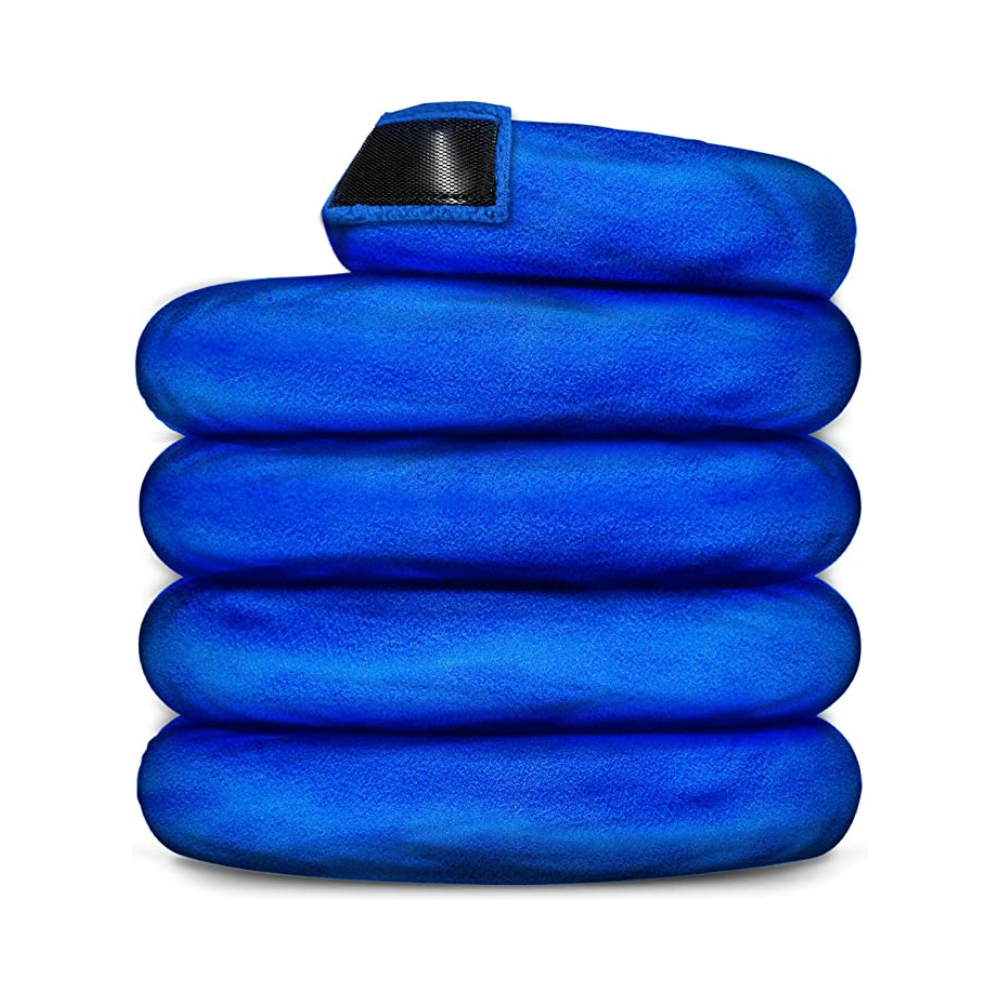
CPAP Hose Fleece
A Hose Fleece insulates your CPAP tube to keep your therapy at a consistent temperature.
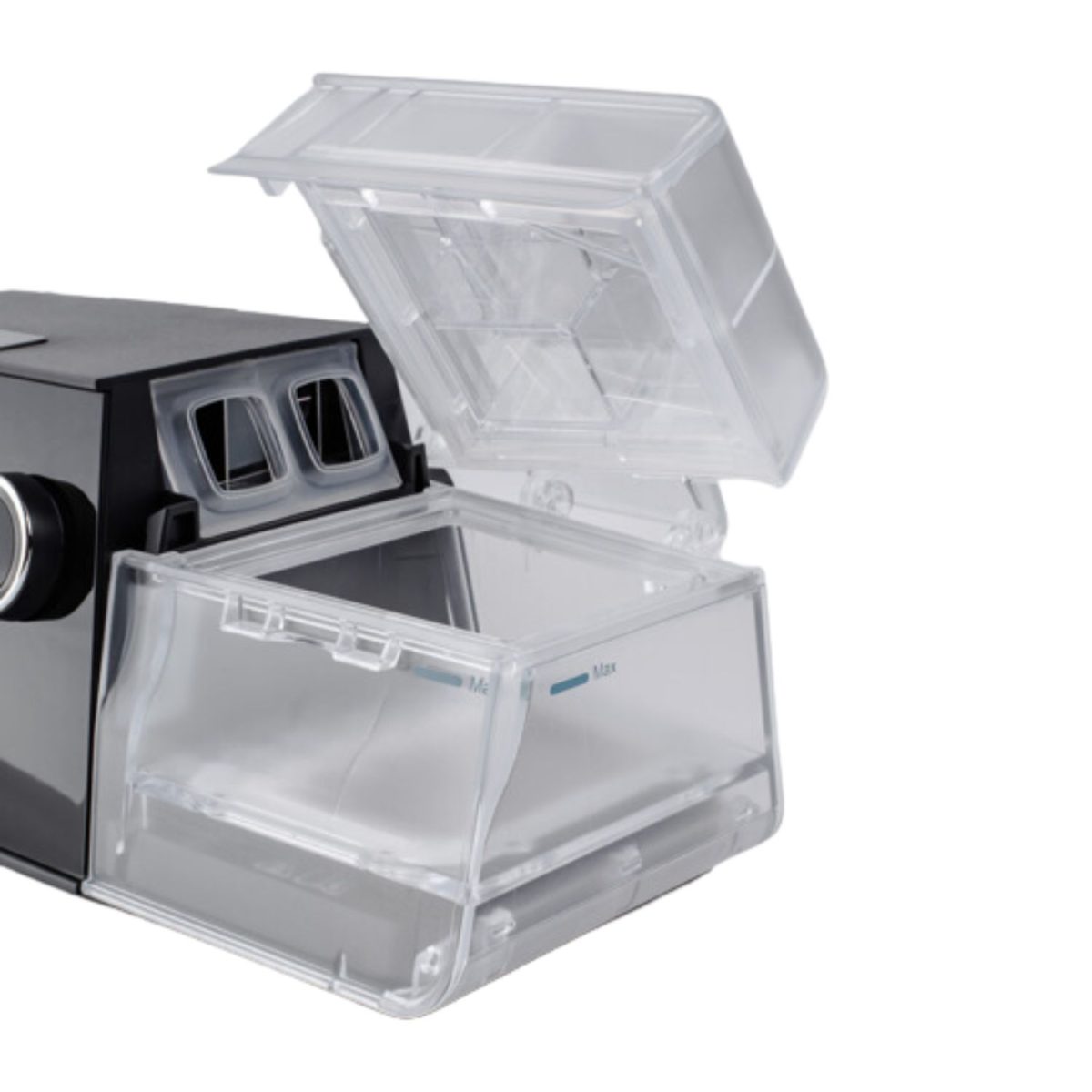
CPAP Humidifier
CPAP humidifiers warm and add moisture to the air you breathe through your CPAP mask, giving you extra comfort.
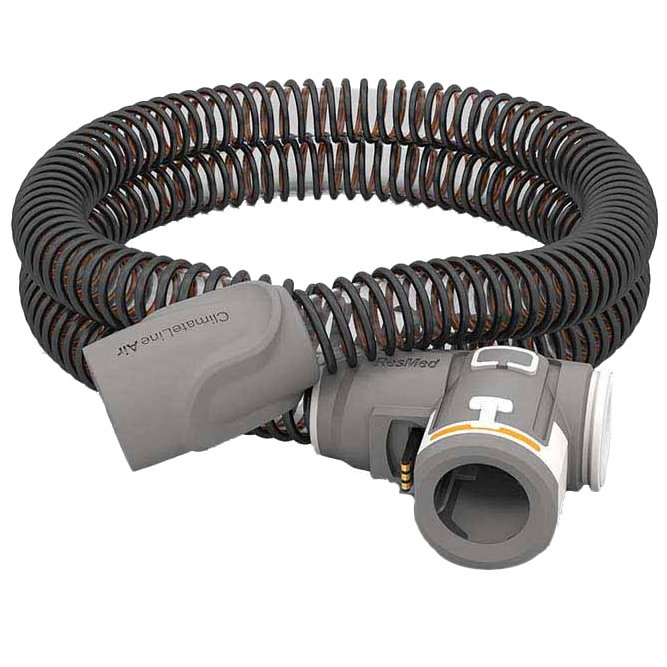
CPAP Hose Lift
Heated tubing can also be added in conjunction with a humidifier, the tubing keeps the air at a consistent temperature so it does not cool down. This prevents condensation (rainout).

CPAP Soap
Clean your mask in the morning after each night’s use with CPAP soap. The soap is designed specifically for your Sleep Apnoea equipment.
Utilise the CPAP ramp setting
Many CPAP users begin therapy and find the pressurised air reaching their CPAP mask uncomfortable.
To solve this – most CPAP machines have a ‘ramp’ setting; this works by gradually increasing the pressure as you begin your therapy. Making it easier to fall asleep and become comfortable with your CPAP pressure.

Solving nasal congestion
Around a third of patients will experience nasal congestion when using a CPAP mask. The increased airflow through the nasal passages can dry them out. The use of a CPAP humidifier is often the solution to the problem, as this adds water to the air and provides moisture to the nasal passages.
Another option would be a nasal irrigator, such as the SinuPulse Elite. The device flushes out the sinuses with a salt solution, helping to reduce inflammation, moisturise the passages and clear blockages and congestion.
How often should I clean my CPAP mask?
In order to remain comfortable, your CPAP mask should be cleaned daily.
Clean your mask in the morning after each night’s use with some CPAP mask wipes or warm soapy water. Please be aware that non-CPAP mask wipes may contain alcohol which can damage your mask.
Regular washing of your mask and headgear is recommended on a bi-weekly basis. Your CPAP mask should be disassembled into its various components and, along with the headgear, placed into a bowl filled with a solution of a mild soap detergent or unscented washing-up liquid and warm water.
For more helpful tips, read our CPAP cleaning guide.
How long does a CPAP mask last for?
The average life span of a CPAP mask is around 6 to 12 months; sometimes, this can be longer and sometimes shorter. The life depends on a number of factors; how long its been used, how it is washed (and how often), the wearer’s skin oils and sweat levels and other factors.
Over time the cushion on the mask will wear out, much like if you were to wear the same shoes every day. When this happens, its ability to maintain a good seal reduces.
We recommend replacing your CPAP mask parts (headgear, cushion, clips and frame) as soon as they begin to start showing some wear and tear. As this ultimately will affect the comfort of your mask.
If you have had your mask for a while, you can read your data card in your machine or look at CPAP app readings. In doing this, you can find out if you are experiencing many leaks; an older worn mask that needs replacing will cause a higher leak rate.
Related Articles
- A comprehensive guide to understanding what your pressure settings should be – What should my CPAP pressure settings be?
- Helpful advice on eliminating CPAP mask leaks – CPAP Mask Leaks: Simple Solutions
- More tips on getting accustomed to your mask – Getting accustomed to your mask
- For further support on your therapy – Top Sleep Apnoea and snoring apps
Please contact us if you have mask issues which you are unable to resolve.
